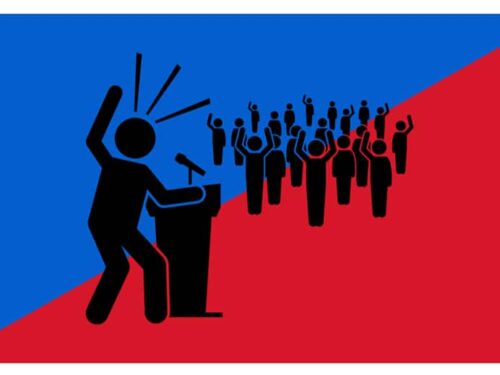
What is “lazy leadership”? According to Forbes contributor Scott Edinger, it happens when a leader avoids challenging tasks or conversations. It can be hard to spot – ironically, “lazy leaders” tend to be hyperactive, engaging in tasks and behaviors that fill up their time but don’t advance the goals and strategies of the company. These can include checking email constantly or dealing with problems as they come up rather than working to find the root of the problem. Edinger says lazy leaders aren’t able to do the following necessary tasks.
Be clear. Employees need to understand what is required of them and how to advance the company’s objectives. This means being clear, precise, and not using “corporate speak.”
Confront poor performance and behavior. Lazy leaders will avoid having a difficult conversation because the confrontation makes them uncomfortable.
Develop talent. Most senior managers say they don’t have time to coach their employees. Yet research clearly shows that feedback is valuable, and talent management should be a high priority.
Recognize good employees. A company’s culture is determined by its leaders. Leaders should empower employees that best exemplify what the organization is about, and promote the way they work to other employees as a standard.




